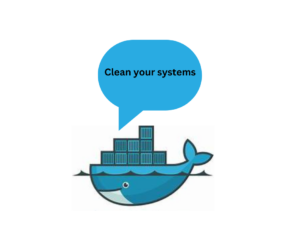The term “docker image prune Jenkins” refers to the use of the Docker command docker image prune within the context of a Jenkins automation server. At Bobcares, with our Docker Hosting Support Service, we can handle your Docker issues.
What is “Docker Image Prune Jenkins”?
The use of the command
docker image prune
When they are used together, image cleanup within the Jenkins environment can be automated easily. This aids in effective disk space management and maintains a tidy Jenkins server. Here is a general explanation of how it works:
Jenkins Job/Script: Firstly, we need to construct a Jenkins job or script that carries out the docker command as one of its steps or commands. This step can either be specified as a shell command or in a Jenkinsfile as part of a build setup.
Prune options: To specify which kinds of images to prune, configure the docker image prune command with the desired arguments. We can choose, for instance, to delete simply unused photographs or both unused and dangling images.
Execute the Jenkins Job: Depending on the needs, either manually trigger the Jenkins job or schedule it to run at predetermined intervals. When the job runs, the Jenkins environment will be used to execute the docker command.
Cleaning Up: To clear up disk space on the Jenkins server, use the image prune command to find and get rid of the specified kinds of unused or hanging images.
[Looking for a solution to another query? We are just a click away.]
Conclusion
To sum up, our Support team went over the “docker image prune Jenkins” details.
PREVENT YOUR SERVER FROM CRASHING!
Never again lose customers to poor server speed! Let us help you.
Our server experts will monitor & maintain your server 24/7 so that it remains lightning fast and secure.







0 Comments